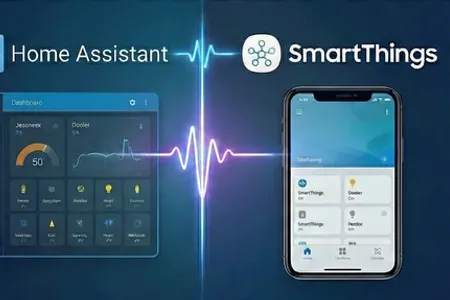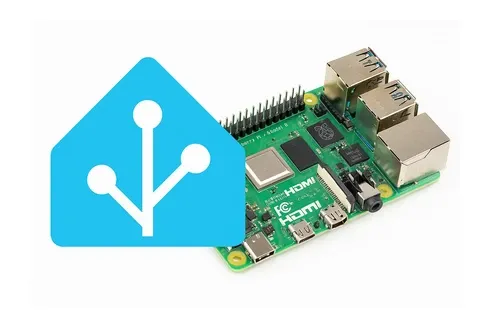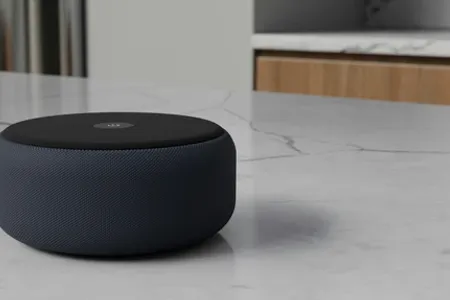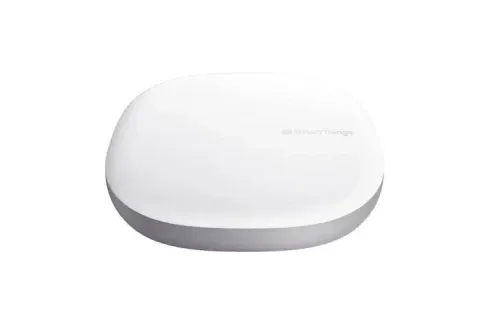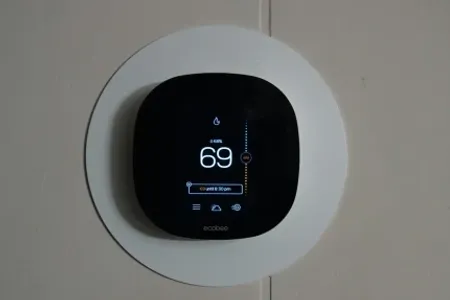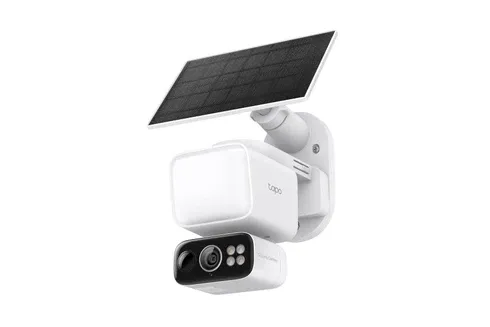Maintaining a reliable smart home can feel challenging when dozens of gadgets rely on steady Wi‑Fi, cloud services, and firmware that rarely stand still. Troubleshooting is the art of diagnosing these hiccups and applying a quick fix before they turn into daily frustrations. This fresh guide breaks down practical methods that anyone can follow, no matter which ecosystem-or how many devices-you use.
Why Smart Home Troubleshooting Deserves Your Attention
A connected home should simplify life, not add stress. When a light refuses to turn on, or a camera mysteriously drops offline, automation can come to a grinding halt. Learning systematic Troubleshooting keeps your routines flowing by:
- Restoring device responsiveness without lengthy resets
- Preventing cascading failures that knock multiple gadgets offline
- Extending the lifespan of hardware through proper maintenance
- Giving you confidence to expand your setup without fearing complex errors
Immediate Gains from Effective Troubleshooting
- Faster recovery times mean fewer manual work‑arounds.
- Reduced support calls save money on service visits.
- Improved security as critical sensors stay online.
- Higher family adoption because everything “just works.”
Frequent Smart Home Problems and Proven Fixes
Below you’ll find the issues most homeowners face, plus field‑tested Troubleshooting steps to get things back on track.
1. Wi‑Fi Drops
Unstable Wi‑Fi sits at the root of countless smart‑home complaints. Start by checking signal strength in the problem area with a phone or laptop. If speeds look poor, try these fixes:
- Reposition the router to a central, elevated spot clear of thick walls.
- Reduce interference by separating the router from microwaves and baby monitors.
- Upgrade to a mesh system if coverage remains patchy in larger homes.
2. Device Freeze‑Ups
Smart bulbs that ignore commands or locks that refuse to report status often suffer from firmware bugs or memory leaks.
- Power‑cycle the device: cut power for 10 seconds, then restore.
- Visit the companion app and apply pending firmware updates.
- If issues persist, remove the device from the hub, factory‑reset, and re‑pair.
3. Voice Assistant Silence
Nothing feels less convenient than yelling at a speaker that refuses to listen. When your assistant stops responding:
- Verify the microphone hasn’t been muted by accident.
- Check the companion app for service‑status alerts.
- Re‑link the skill or action associated with the failing device.
4. Automation Misfires
An automation that once triggered at sunset may suddenly do nothing.
- Confirm the trigger source (time, sensor, or location) still reports correctly.
- Examine recent platform updates; roll back or adjust conditions if needed.
- Split complex rules into smaller steps to isolate the faulty segment.
Proactive Maintenance for Fewer Breakdowns
Regular care slashes the need for emergency Troubleshooting sessions. Adopt these habits:
- Update firmware monthly to close security gaps and squash bugs.
- Reboot hubs quarterly; a simple restart refreshes memory and network stacks.
- Audit device lists every six months and remove entries you no longer use.
- Label power supplies so you can quickly identify and reset misbehaving gadgets.
Network‑Level Troubleshooting in Five Steps
- Test internet speed to rule out provider outages.
- Check DHCP reservations so IP conflicts don’t arise.
- Inspect channel congestion with a Wi‑Fi analyzer and move to a quieter channel.
- Enable Quality of Service (QoS) on the router to prioritize voice and video packets.
- Back up router settings before major firmware upgrades to allow easy restoration.
When to Escalate
DIY efforts can handle 90 % of smart‑home woes, but certain scenarios merit professional help:
- Repeated breaker trips after installing wired smart switches
- Persistent security‑camera dropouts in a critical area
- Automation loops that turn devices on and off rapidly, risking hardware damage
Advanced Troubleshooting Techniques for Complex Setups
As smart homes grow, they often include dozens of interconnected systems that depend on one another. When a problem affects several devices at once, deeper diagnostics can help uncover the source. Begin by checking whether your devices rely on a specific hub or cloud service. If that service experiences downtime, multiple automations may fail at the same time. Reviewing system‑status dashboards from your manufacturer can save hours of guesswork.
Another powerful method is isolating devices one by one. Temporarily disabling or unplugging a suspicious gadget helps identify whether a single misbehaving product is generating network traffic that slows everything else down. Many users are surprised to discover that a single outdated smart plug or camera can saturate bandwidth and create delays throughout the home.
You can also examine logs within your hub or router. These logs reveal connection attempts, dropped packets, and authentication errors. While the information may look technical at first, patterns often emerge quickly. Frequent disconnects from the same device usually point to poor signal, corrupted firmware, or power issues.
If you use multiple ecosystems-such as a mix of Wi‑Fi, Zigbee, and Matter-it helps to understand how each protocol behaves. For example, Zigbee networks rely on a solid mesh, and a single unplugged repeater can break routing for sensors across your home. By mapping your network layout and verifying each node, you can restore reliability without a full reset.
Advanced troubleshooting does not require deep technical expertise. With patience, a clear process, and careful observation, you can diagnose complex failures and prevent them from recurring. These habits pay off as your system expands, ensuring your connected home remains smooth, responsive, and enjoyable.
Building a Troubleshooting Toolkit
Every smart home benefits from a simple diagnostic toolkit. Keep a spare Ethernet cable handy for testing wired connections when Wi‑Fi becomes suspect. A smartphone app that displays signal strength helps pinpoint dead zones in larger homes. Labeling power adapters and noting firmware versions in a simple spreadsheet saves time when you need to compare settings across devices. A USB‑powered lamp or fan can verify whether a smart plug is delivering power without needing an expensive meter. These everyday tools reduce guesswork and allow faster identification of root causes when issues arise.
Final Thoughts: Make Troubleshooting Second Nature
The more devices you own, the more inevitable small glitches become. By approaching each incident with a calm, methodical Troubleshooting mindset-starting from the network layer and working toward the device-you'll fix problems quickly and restore harmony to your connected home. Celebrate each success; confidence grows with every resolved issue, making future challenges easier to conquer. Before long, you'll spend less time tinkering and more time enjoying the convenience that smart technology promises.

